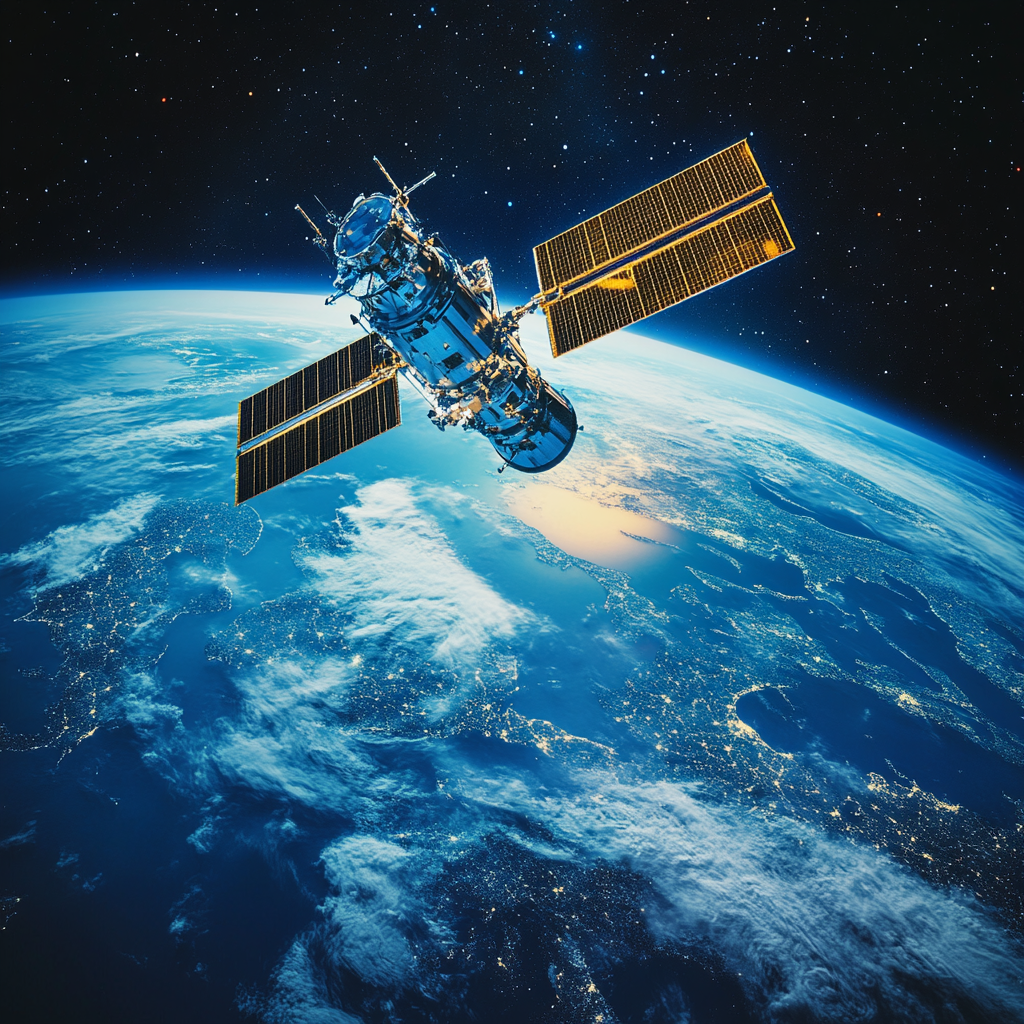Methane, a key contributor to global warming, plays a significant role in climate change, more potent per molecule than carbon dioxide over a 100-year period. Recognizing the importance of monitoring this elusive gas, advanced technology, particularly AI, has become pivotal in tracking and mitigating its emissions.
Revolution in the Sky: Methane Detection from Orbit
The launch of MethaneSAT marked a significant advancement in environmental surveillance. This satellite, developed by the Environmental Defense Fund, represents a leap in our ability to monitor methane emissions with unprecedented precision. Integrating AI with satellite technology not only enhances the accuracy but also speeds up the detection and analysis of methane from space. The development of continuous, high-frequency monitoring systems is now enabling real-time data acquisition, a game-changer for environmental management.
Recent advancements in AI have further refined these capabilities. Researchers have introduced novel algorithms that improve methane detection through machine learning-based calibration techniques. This approach, which reduces noise and enhances signal clarity, significantly boosts the satellite’s ability to detect even low concentrations of methane. The research paper from 2024 emphasizes that incorporating machine learning not only accelerates data processing but also increases detection sensitivity by up to 30%, paving the way for more effective monitoring and quicker response times.
Collaborative Efforts for a Sustainable Future
Key players in the field, such as the Environmental Defense Fund, have been instrumental in the deployment of MethaneSAT. Their collaboration with technology giants like Google, which helps map methane emissions using innovative AI tools, signifies a promising convergence of environmental science and technology. Contributions from academic circles, including research institutions like Harvard, have been crucial in refining AI algorithms to improve the detection and quantification of methane emissions. This synergy among tech companies, researchers, and environmentalists is forging a path toward more effective environmental monitoring and policy-making.
Moreover, recent research highlights how AI-driven predictive models can now estimate future methane emissions based on current data trends, offering valuable insights into potential future hotspots. This predictive capability is crucial for preemptive measures, enabling stakeholders to focus resources where they are most likely to be needed.
Engaging the Stakeholders
Our audience, which includes environmental agencies, policymakers, academic researchers, and technology firms, stands at the forefront of battling climate change. The primary interests of these stakeholders revolve around obtaining accurate, timely data to inform robust environmental policies and strategies. However, they face challenges such as the need for cost-efficient, reliable technology that can operate on a global scale.
To address these concerns, researchers have also developed cost-effective AI models that can run on low-power devices aboard satellites, ensuring widespread deployment without significant resource constraints. This advancement is critical for scaling global methane monitoring efforts, making them accessible to countries and organizations with varying levels of resources.
A New Era of Environmental Surveillance
As the curtain rises on the new era of environmental surveillance, the spotlight shines on AI’s pivotal role in guarding our planet. The integration of AI in environmental monitoring technologies like MethaneSAT has not only enhanced real-time methane tracking but has also set the stage for global efforts to mitigate this potent pollutant. The ongoing innovation in satellite technology for environmental surveillance is crucial for maintaining the momentum in our fight against climate change.
The strides made in AI methane emission monitoring are illuminating previously hidden aspects of environmental health. The collaboration among tech companies, researchers, and environmentalists will undoubtedly enhance our capabilities in methane monitoring and mitigation, steering us towards a more sustainable future.


